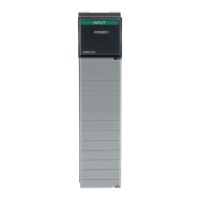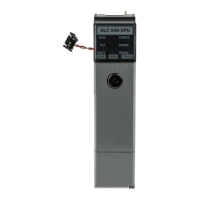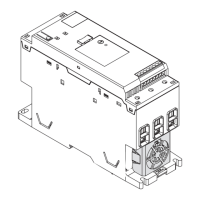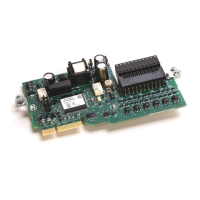Overview of Structured Text Programming
Rockwell Automation Publication MOTION-RM002H-EN-P-February 2018 641
See also
Structured Text Components: Expressions on page 638
Relational operators compare two values or strings to provide a true or false result.
The result of a relational operation is a BOOL value.
If the comparison is The result is
True 1
False 0
Use these relational operators.
For this comparison Use this operator Optimal data type
Equal = DINT, REAL, String type
Less than < DINT, REAL, String type
Less than or equal <= DINT, REAL, String type
Greater than > DINT, REAL, String type
Greater than or equal >= DINT, REAL, String type
Not equal <> DINT, REAL, String type
The table shows some examples.
Use this format Example
For this situation Write
value1 operator value2 If temp is a DINT tag and your specification says: ‘If temp is
less than 100
then…’
IF temp<100 THEN...
stringtag1 operator stringtag2 If bar_code and dest are string tags and your specification
says: ‘If bar_code equals dest then…’
IF bar_code=dest THEN...
stringtag1 operator 'character string literal' If bar_code is a string tag and your specification says: ‘If
bar_code equals ’Test PASSED’ then...’
IF bar_code=’Test PASSED’ THEN...
char1 operator char2
To enter an ASCII character directly into the
expression, enter the decimal value of the
character.
If bar_code is a string tag and your specification says: ‘If
bar_code.DATA[0] equals ’A’ then…’
IF bar_code.DATA[0]=65 THEN...
bool_tag := bool_expressions If count and length are DINT tags, done is a BOOL tag, and
your specification says: ‘If count is greater than or equal to
length, you are done counting.’
Done := (count >= length);
How strings are evaluated
The hexadecimal values of the ASCII characters determine if one string is less than
or greater than another string.

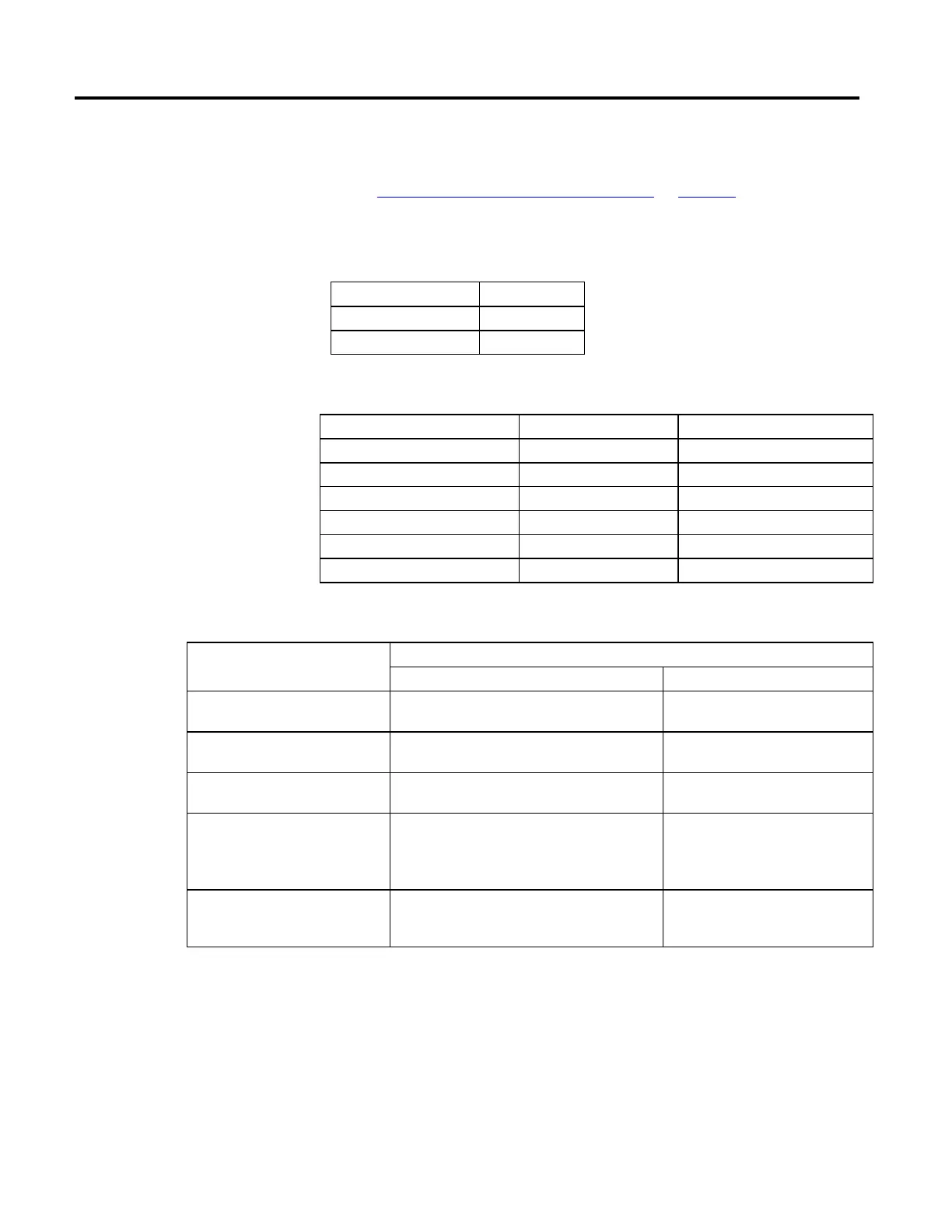